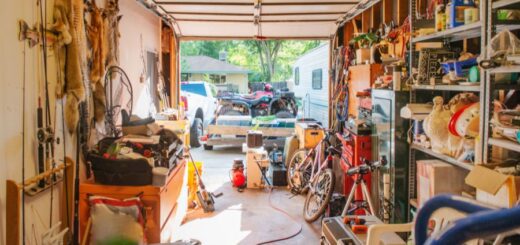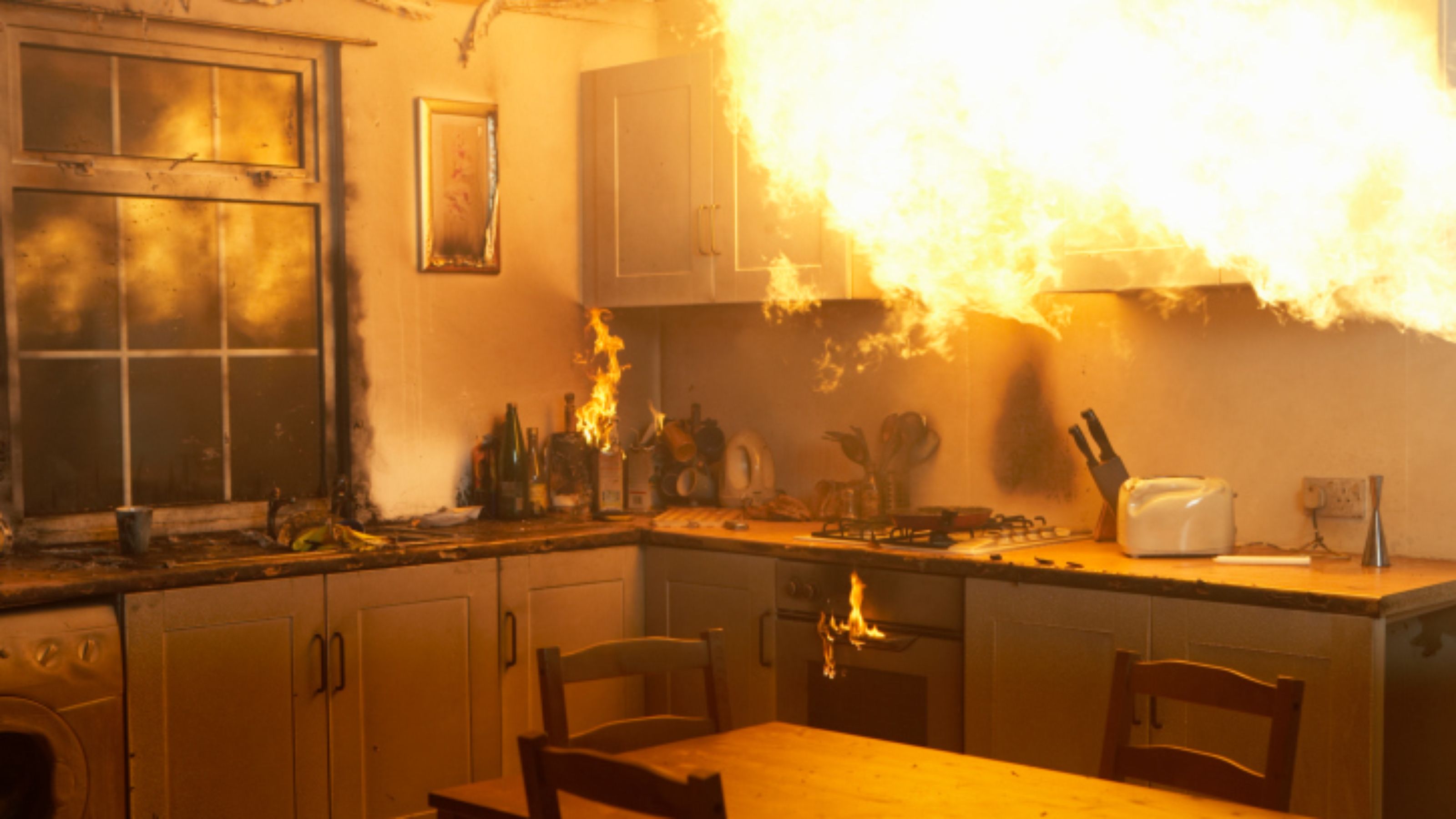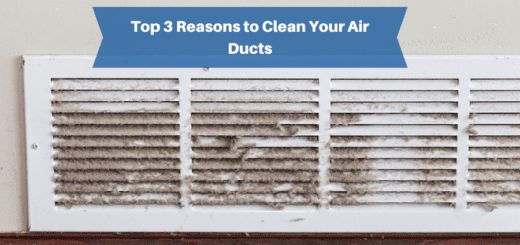Fire Safety Rules for College Campuses
Fire safety is a major concern on college campuses, and rightly so. The US Fire Administration reveals that 118 deaths occurred in campus housing between 2000 and 2015.
Most campus fires are sparked by four triggers. Starting with the most common, the primary triggers are cooking, smoking, arson and candles. Flames also unintentionally spark as a result of overloaded power strips, wax candles, and space heaters. Even after the fire is extinguished, smoke damage can also spread throughout the building to affect additional building materials and items.
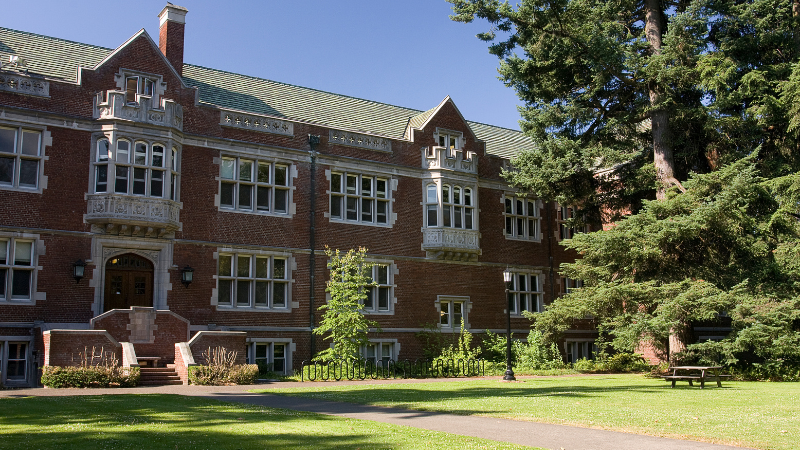
Fire Safety Rules for Alcohol
Alcohol is abundant on college campuses. Sadly, alcohol is often a contributor to fatal fires. The US Fire Administration reports that about 25 percent of fire-related deaths occur in the aftermath of collegial social gatherings where liquor is consumed. To prevent fires that result from alcohol misuse, college students should take the following actions:
- After a party where alcohol is served, look for cigarettes and other smoking materials under cushions. Sofas and furniture can quickly burst into flames if burning cigarettes are between the cushions.
- If cooking, do not drink alcohol. The liquor can cause drowsiness, leaving the stove unattended and liable to catch fire.
- As mentioned, alcohol causes drowsiness. Students who consume alcohol and fall asleep can actually sleep through a fire alarm. The sleep-induced young adults are less likely to evacuate in the event of a fire. Do not drink when feeling tired.
Consuming alcohol impairs judgment. College students who live and party on campus should be vigilant of themselves and others in environments where liquor is available. The above fire preventionPrevention refers to actions taken to reduce the likelihood ... More strategies could save lives.
Fire Safety Rules for Cooking
Kitchen fires in college dorms can start easily. For instance, popping microwave popcorn is a common cause of fires on college campuses. Another example is when college students cook dry macaroni and cheese inside a microwave; without water, the concoction explodes into flames.
Trivial as these real-life examples seem, the consequences can be fatal. Cooking responsibly on campus requires attentiveness, plus these tips for fire safety:
- Microwaves can be found all over college campuses. When food catches fire inside a microwave, do not open the microwave door. Instead, unplug the appliance.
- Similarly, when food inside an oven catches fire, leave the oven door closed and turn the oven off.
- College students love grilling as much as their middle-aged counterparts. Barbecue grills and propane grills may be used on many college campuses—but only in the outdoors.
- As much as college students love fried food, frying is a major fire risk. If food catches fire while frying, do not attempt to douse the flames with water. Grease fires can be contained by putting a lid over the flaming pan.
Over 3,000 cooking fires occur on college campuses yearly. All it takes is one small accident to spark an enormous, potentially fatal blaze.
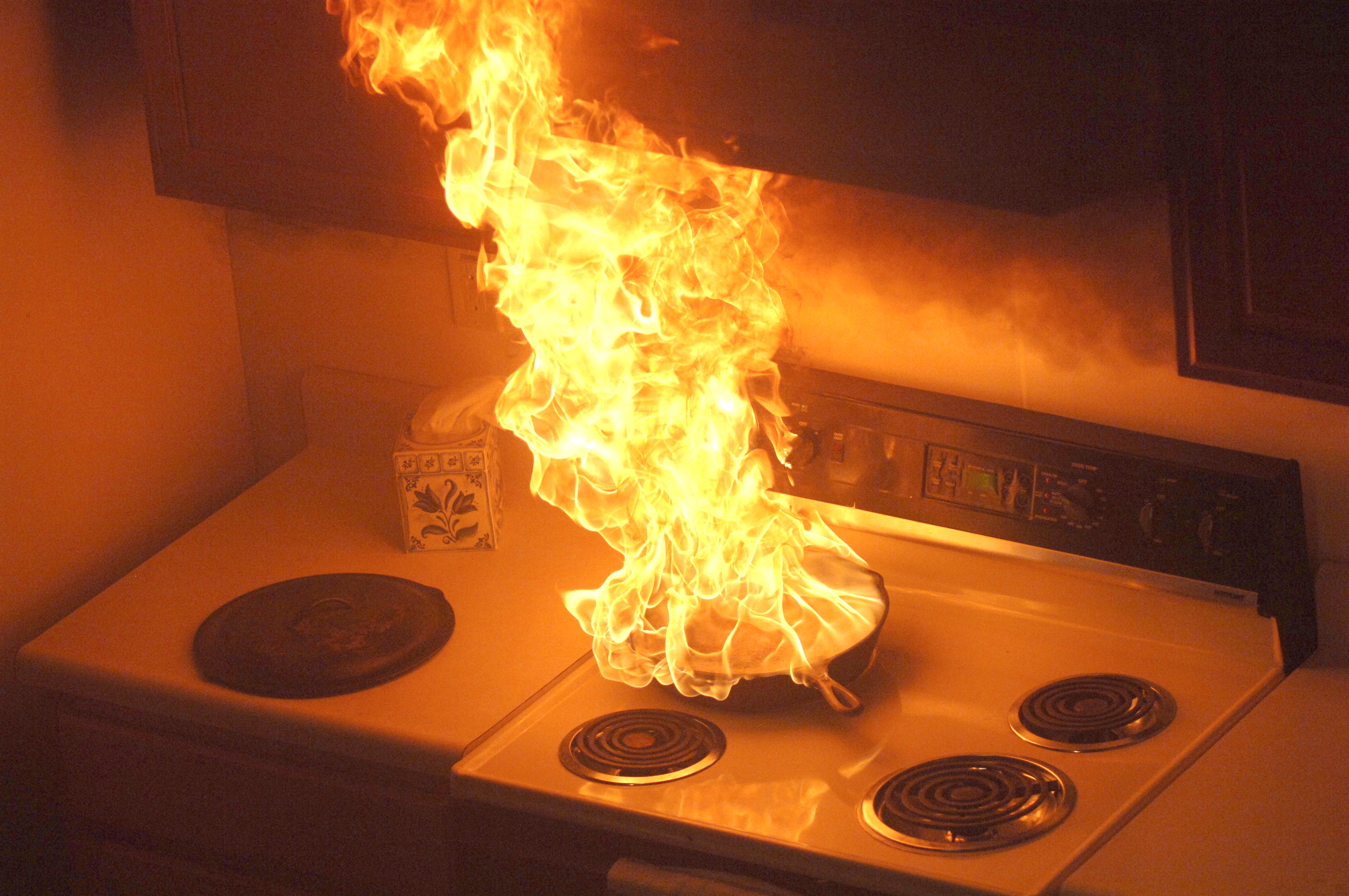
Fire Safety Rules for Smoke Alarms & Sprinklers
Smoke alarms are critical in alerting unsuspecting students of a fire. Equally important are automatic fire sprinklers that can extinguish a fire before it gets out of control.
- Colleges regularly hold fire drills. Some students fail to take fire drills seriously; consequently, fire alarms are occasionally tampered with. As a fire safety rule, students should never disable a fire alarm or remove its batteries. Plus, never assume the blaring signal is a false alarm.
- Students should also be aware of at least two exit routes, no matter where on campus they are situated. This includes whether the student is studying in the library, taking a nap in his dorm room or shooting hoops in the campus gym.
- Never hang clothes on a fire sprinkler. Hanging objects on a sprinkler head can impair its function.
- Do not place appliances that emit intense heat near a sprinkler head. Doing so can trigger the sprinkler.
Certain appliances, like toaster ovens, hot plates and grills are not permitted in many dorms due to the dangers of these gadgets starting a fire or unnecessarily activating the sprinklers.

Fire Safety Rules for Buildings
Even before moving into a college dorm, parents and students should look for these fire safety features, as recommended by the US Fire Administration:
- Smoke alarms should be on each floor.
- At least two exits are in every building and room.
- Upper story buildings feature a fire escape.
- Exit signs are clearly visible.
- Sufficient electrical outlets are available.
- A sprinkler system is installed.
- An activated fire alarm instantly notifies the fire department.
- The heating system is recently inspected.
Once college students are moved in, they should be aware of life-saving actions. Guidelines that can reduce student injury and prevent fatalities include the following:
- Students should know where the nearest fire alarm is located and know how to use it.
- Any tampering of fire alarms and fire equipment should be reported to campus safety.
- To contain a blaze, students should shut doors.
- Students should never lock fire exits.
- Informed students know the locations of exits and all evacuation routes.
To help reduce the chances of flames bursting out on campus, colleges restrict certain common items that are considered fire hazards. Lava lamps, space heaters, incense and candles are banned on many campuses.
Fire Damage Restoration
Fire safety skills can be readily learned by college students. Despite being informed, college students may experience a burst of unanticipated flames. When a fire occurs, the results can be devastating. Lives are in peril, and personal belongings are burned or covered in sootSoot is fine black particles composed of carbon and other ma... More and smoke particles.
Fortunately, emergency fire damage restorationFire damage restoration is the process of repairing and rest... More services are available to counter the physical damage to possessions. Fire damage restoration professionals provide emergency pre-cleaning, content cleaning, wall and ceiling cleaning and deodorization services to return a fire damaged dormitory or other campus housing to a habitable state.










